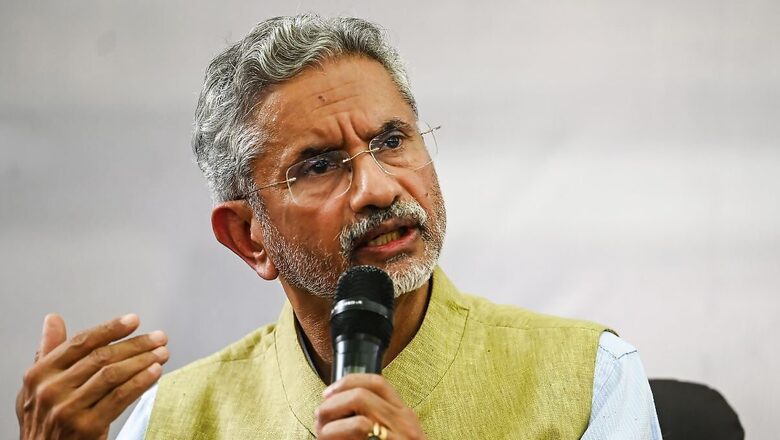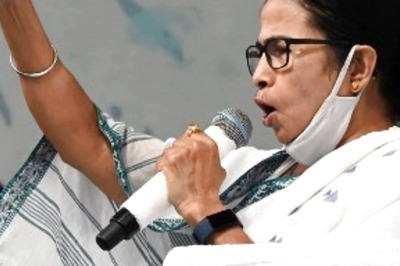
views
Today, India’s voice is very important, stressed External Affairs Minister S Jaishankar as he recalled in History TV18’s latest documentary the country’s gigantic plan to evacuate students from war-torn Ukraine.
The film titled ‘The Evacuation: Operation Ganga’, which aired at 8pm on Saturday, tells the remarkable story that captures the trials and tribulations experienced by Indians students stuck in Ukraine. It also highlights the perseverance of the Indian government and its strategic approach to bring every Indian back home.
Recalling how India began preparing for the biggest evacuation in the 21st century, Jaishankar said: “Prime Minister Narendra Modi was after us, saying a crisis is going to befall and we need to be prepared. He said get your systems in order and collect data. So actually, through the month of January, we were trying to build this database.”
However, Jaishankar said the government was encountering a problem on the ground. “A lot of students did not want to leave. In universities, people were telling them that if you leave, you will lose your academic year. So I can understand they had their own issues and dilemmas.”
The minister said once it was clear that the situation would worsen, a plan was set into motion. “Whenever there is a crisis in our country, we know an operation will be launched. The first thing to do is set up a control room so that you are clearing house. You need to have your teams in place and it’s going to be 24×7. Due to our efforts, about 4,000 students had left Ukraine before February 24 when the war started,” he said.
Noting that it was crucial to be in touch with the families of the stranded students, he said: “Because today we are digital, we were able to actually send government officials to every family.”
“I would say the systems started moving on February 24 itself. The idea was that there were four neighbouring countries — Poland, Slovakia, Hungary, Romania — and later on we added Moldova. We were getting phone calls, with people saying there was a long queue at the borders. Then, we moved our ambassadors physically and said go to the border and deal with the situation,” Jaishankar said, sharing details of ‘Operation Ganga’.
The minister added that PM Modi’s decision to send top ministers to the countries from where a safe passage was being sought was a “statement of commitment”. “It said look, this is important enough for us. It shows how interested the prime minister was.”
On the issue of a green corridor for evacuation, the minister credited PM Modi’s diplomacy. “PM Modi spoke to Vladimir Putin and we got the Russians to say we are moving students so stop firing. We needed some safe way out so we moved them to a safe space called Pesochen.”
However, despite all efforts, Sumy proved to be a major challenge for the government. “We had to do something special for Sumy. We realised if Indian diplomats went there, it would reassure students that they would be able to come out. So we sent two very senior officers who could speak Russian.”
But this was not enough as with minutes left for evacuation in Sumy, India decided to not go ahead with the plan. “We had a situation. We boarded the students on the buses and just then, the firing started. Can you imagine the morale of somebody who has sat down in the bus and now has to go back to the dorm?”
This upset Sumy students who soon dared on video that they would move towards the border. “Students were naturally upset as others were being evacuated. We had colleagues counselling them that don’t do anything which puts you at risk. The PM then spoke to Putin and Zelenskyy and they told us of the corridors and routes to take.”
Lauding India’s mega effort, Jaishankar said: “For a lot of countries, just getting two planes and getting people out was a big deal. We got 90 flights out. Believe me, when India speaks, a lot of things happen. And that is why today I think our voice is very important.”
Operation Ganga is one of the largest evacuation operations to be carried out in the 21st century, in a hostile environment. The narrative is supported by compelling archival footage, graphics and never seen before stories and anecdotes, with details of how the Indian government managed to create green corridors to get our students out safely.



















Comments
0 comment